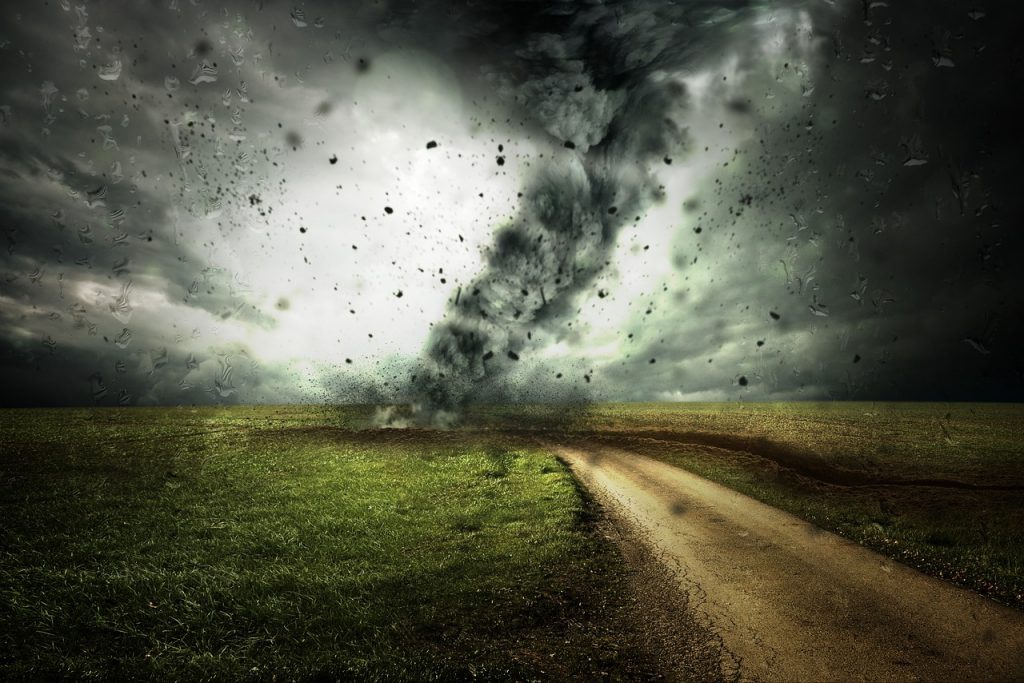Demystifying Climate Change: Answering the Most Asked Questions

Climate change is one of the most critical challenges humanity faces today. As temperatures rise and extreme weather events become more frequent, understanding the intricacies of this phenomenon is essential. In this article, we will address five of the most commonly asked questions about climate change, providing in-depth answers backed by facts, data, scientific research, and respected organizations.
What Is Climate Change?
Climate change refers to the long-term alteration of Earth’s average weather patterns, including temperature, precipitation, and wind. It’s primarily driven by the increase in greenhouse gases such as carbon dioxide (CO2) and methane (CH4) in the atmosphere. These gases trap heat and lead to a warming effect known as the greenhouse effect. As a result, global temperatures are rising at an unprecedented rate, causing various environmental impacts.
What Is Causing Climate Change?
Human activities are the main drivers of current climate change. The burning of fossil fuels for energy, deforestation, industrial processes, and agricultural practices release massive amounts of greenhouse gases into the atmosphere. The Intergovernmental Panel on Climate Change (IPCC) reports that CO2 levels are higher than they’ve been in at least 800,000 years. This data underscores the link between human activities and the rapid changes in our climate.
How Does Climate Change Affect Weather Patterns?
Climate change intensifies weather patterns, leading to more frequent and severe events. The warming climate contributes to the melting of glaciers and polar ice, causing sea levels to rise. This, in turn, results in more frequent coastal flooding and erosion. Scientific research by organizations like NASA indicates a rise in the frequency of heatwaves, hurricanes, and heavy rainfall events, causing devastating impacts on communities and ecosystems.
What Are the Consequences for Ecosystems and Biodiversity?
The effects of climate change on ecosystems and biodiversity are profound. Rising temperatures and changing precipitation patterns disrupt habitats, making it challenging for many plant and animal species to survive. Coral reefs, for example, are suffering from coral bleaching due to increased ocean temperatures. The World Wildlife Fund (WWF) warns that a temperature increase of 2°C could put over 30% of species at risk of extinction.
What Can We Do to Address Climate Change?
Mitigating climate change requires a global effort to reduce greenhouse gas emissions. Transitioning to renewable energy sources like solar and wind power, enhancing energy efficiency, reforestation, and adopting sustainable agricultural practices are all crucial steps. The Paris Agreement, a landmark international accord, aims to limit global warming to well below 2°C above pre-industrial levels. Governments, businesses, and individuals must work together to achieve these targets.
Hasn’t Climate Change Always Happened and Thus Not Man-Made?
Yes, it’s true that climate change has occurred throughout Earth’s history. Natural factors like volcanic activity, changes in the Earth’s orbit, and variations in solar radiation have influenced climate. However, what sets the current climate change apart is the unprecedented rate of change and the clear correlation with human activities. Scientific research, including data from ice cores and sediment samples, shows that the recent spike in greenhouse gases is primarily due to human actions. The industrial revolution marked the beginning of significant emissions from burning fossil fuels, resulting in a rapid increase in CO2 levels. While natural factors still play a role, the current warming trend is predominantly driven by human-induced activities.
Why Is Climate Change a Problem?
Climate change poses a multitude of interconnected problems with far-reaching consequences. One of the most pressing concerns is rising sea levels due to the melting of glaciers and ice sheets. This leads to increased coastal flooding, displacing communities and causing economic losses. Additionally, extreme weather events such as hurricanes, droughts, and wildfires are becoming more frequent and intense, threatening lives and livelihoods. Changes in precipitation patterns can disrupt agriculture, affecting food security. The warming of oceans has dire implications for marine life and ecosystems, including coral reefs that support a vast array of biodiversity. Addressing climate change is essential to ensure a habitable planet for current and future generations.
Is It Too Late to Reverse Climate Change?
While the impacts of climate change are already being felt, it’s not too late to take action and mitigate its effects. The concept of “tipping points” – where irreversible changes occur – underscores the urgency of immediate action. By reducing greenhouse gas emissions and transitioning to sustainable practices, we can slow down the rate of warming and limit the severity of impacts. International agreements like the Paris Agreement aim to limit global temperature rise and provide a framework for collaborative efforts. Investing in renewable energy, promoting energy efficiency, restoring ecosystems, and adopting sustainable lifestyles are steps toward achieving this goal. While some changes are already locked in, taking decisive action can still make a significant difference in shaping a more stable climate future.
Addressing the questions surrounding climate change requires a combination of scientific knowledge, historical context, and a global perspective. While natural climate variations have occurred in the past, the current trend is primarily driven by human activities. Recognizing the urgency of the situation, understanding the multifaceted problems it poses, and taking decisive action offer hope for mitigating the worst effects of climate change. By embracing sustainable practices and supporting international initiatives, we can pave the way for a more resilient and sustainable future for our planet.





